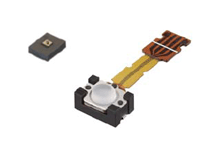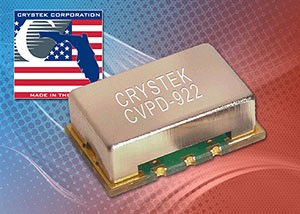ALPS has developed the “HSFPAR Series” force sensor, for sensing force in input devices and posture control in industrial equipment and robots, using MEMS technology to achieve the industry’s smallest size. Mass production is already under way.
Demand for high-precision pen-shaped input devices (stylus pens) has been growing with the rising popularity of digital drawing and painting. Stylus pens contain force sensors that are used to trace the trajectory of the pen tip, as well as to reproduce different thicknesses in artwork corresponding to the pressure applied. To enable smoother tone transitions, however, styli require sensors with high resolution, leading to pen shafts that are too thick, says ALPS.
The internet of things (IoT) and robotics markets have also driven up demand for compact, sensitive force sensors for applications like load detection on touch or contact, and load balance and grip strength control is expected to rise.
Force sensors today are generally either semiconductor or metallic strain gauge types, and both have their issues, the first being too big and the other sacrificing sensitivity for scale.
The HSFPAR series measure 2.00×1.60×0.66mm and can detect stress as low as 0.01N, enabling sensing of, for example, minor variations in pen pressure and load shift in robots.
It is also available as a unit type with a FPC (flexible printed circuit) included for easy integration into end products.


